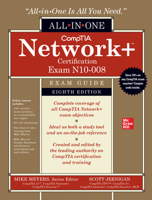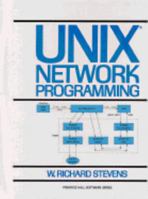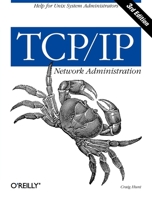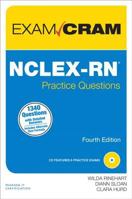Fundamentals of Embedded Software: Where C and Assembly Meet
This book is intended to provide a highly motivating context in which to learn procedural programming language. It is designed for 2nd year courses in assembly language programming in computer science, embedded systems design, real-time analysis, computer engineering, or electrical engineering curricula and requires prior knowledge of C, C++, or Java. This description may be from another edition of this product.
Format:Paperback
Language:English
ISBN:0130615897
ISBN13:9780130615893
Release Date:November 2001
Publisher:Pearson
Length:266 Pages
Weight:1.10 lbs.
Dimensions:9.0" x 0.8" x 7.0"
You Might Also Enjoy
Customer Reviews
5 customer ratings | 5 reviews
There are currently no reviews. Be the first to review this work.








































